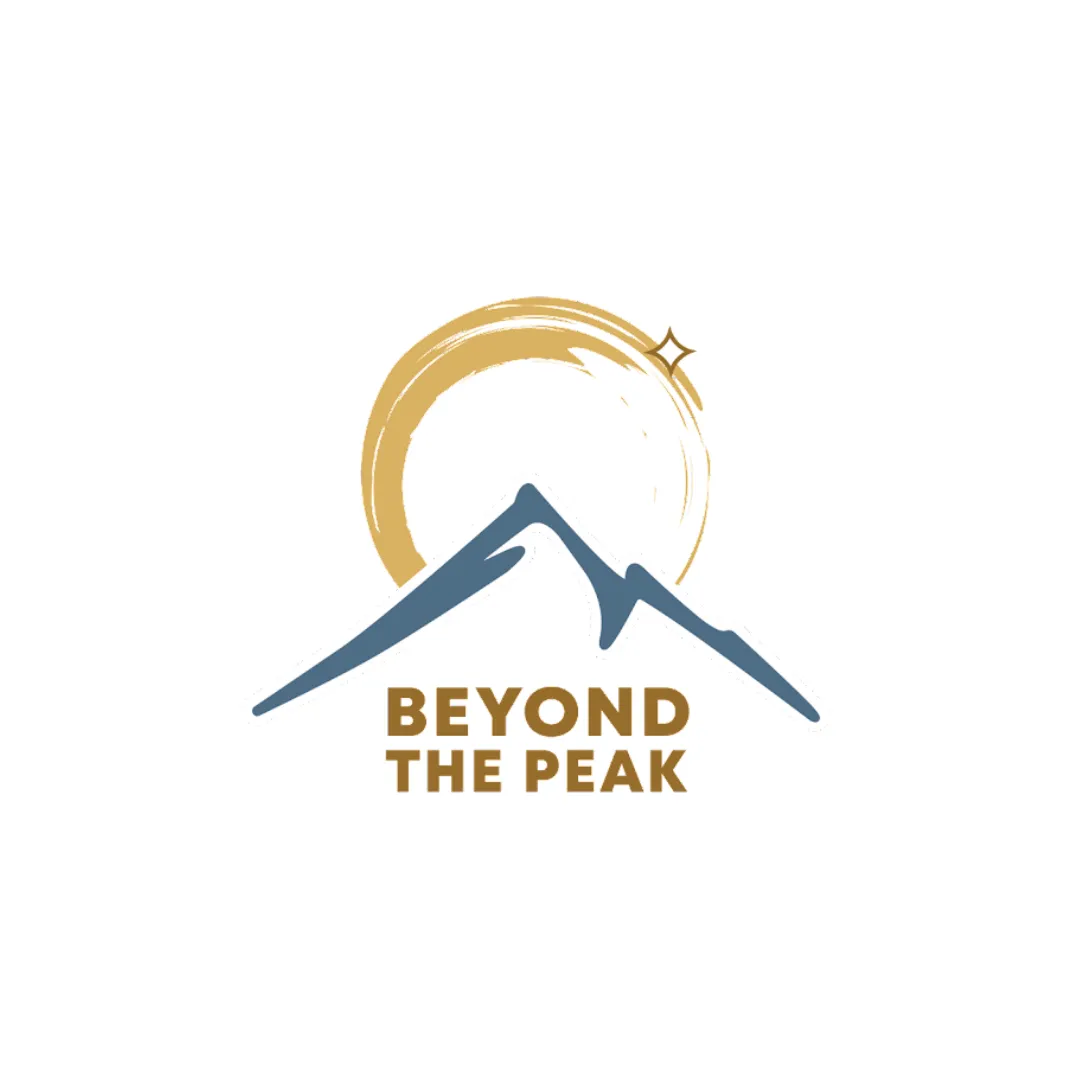
Empowering communities,
one byte at a time...
Join us on a journey of creativity and technology
where every idea has the power to make a difference.
Let's shape the future together!

Empowering communities,
one byte at a time...
Join us on a journey of creativity and technology.
Where every idea has the power to make a difference.
Let's shape the future together!

100+
Projects

300+
Trained students

16
Expert
Team

20+
Satisfied
Clients

10
Countries

100+
Projects

300+
Trained students

20+
Satisfied customers

16
Experts Team
Empowering Businesses
to Rise Above the Rest
We are passionate about helping small businesses achieve explosive growth.
We know that you, as an entrepreneur, wear many hats and face countless challenges.
Time is precious, and resources are limited.
That's where we come in.


Empowering Businesses
to Rise Above the Rest
We are passionate about
helping small businesses achieve explosive growth.
We know that you, as an entrepreneur, wear many hats and face countless challenges.
Time is precious, and resources are limited.
That's where we come in.



Grow Big, Not Busy
Free up your valuable time and resources, focus on what matters most - growing your business and pursuing your passion.
KD Squares empowers you to:
Automate repetitive tasks.
Streamline your operations.
Boost efficiency and productivity.
Focus on strategic initiatives that drive growth.
Unlocking Efficiency
Through Automation
Free up your valuable time and resources, focus on what matters most -
growing your business and pursuing your passion.
KD Squares empowers you to:
Automate repetitive tasks.
Streamline your operations.
Boost efficiency and productivity.
Focus on strategic initiatives that drive growth.
Unleashing the Potential
of Your Team
We empower your team with the tools to streamline workflows, eliminate manual work, and boost productivity.
Plus, our comprehensive student courses equip your workforce with in-demand skills and ready them to tackle any challenge.



Unleashing the Potential
of Your Team
At KD Squares, we are passionate about helping small businesses achieve explosive growth. We know that you, as an entrepreneur, wear many hats and face countless challenges. Time is precious, and resources are limited. That's where we come in.
wear many hats and face countless challenges. Time is precious, and resources are limited. That's where we come in.
Beyond Automation: A Talent
Source for Your Growing Needs
Finding qualified IT talent can be time-consuming.
At KD Squares, we take the burden off your shoulders.
We train and source highly skilled IT professionals, ensuring you
have the right people in place to support your growth trajectory.



Beyond Automation: A Talent
Source for Your Growing Needs
Finding qualified IT talent can be a time-consuming.
At KD Squares, we take the burden off shoulders.
We train and source highly skilled IT professionals, ensuring you
have the right people in place to support your growth trajectory.



Our Comprehensive Suite of Services
Discover how we can tailor solutions to meet your unique needs.

Consulting
Unlock Your Potential with Expert Consulting
Increased Efficiency: Our consulting services will help you optimize your processes, leading to a smoother workflow and increased productivity.
Improved Strategy: We provide expert guidance to develop a strategic plan tailored to your specific business goals.
Market Expansion: Our consultants can help you identify and reach new markets, fueling your business growth.
Measurable Results: You can expect to see tangible improvements and achieve measurable results based on your defined needs.

Systems Automation
Streamline Your Operations with Automation
Reduced Manual Work: We help you eliminate repetitive tasks by automating them, freeing up your employees' time for more strategic work.
Optimized Workflows: Our automation solutions will streamline your processes, minimizing bottlenecks and delays.
Increased Efficiency: We significantly boost your operational efficiency, leading to faster turnaround times and improved productivity.
Reduced Errors: Our automation solutions will minimize human error, resulting in greater consistency and accuracy in your operations.

Talent Acquisition
Build Your Dream Team with Us
High-Quality Talent: We connect you with top-tier candidates who possess the skills and experience you need to succeed.
Reduced Time to Hire: Our efficient processes can significantly shorten the time it takes to fill your open positions.
Improved Team Fit: We go beyond qualifications to ensure cultural fit, fostering a strong and collaborative team environment.
Diverse Workforce: We help you build a diverse team with a wide range of perspectives, leading to greater innovation and problem-solving.

Training and Development
Empower Your Team with Customized Training
Improved Skill Sets: Our customized training programs equip you and your team with the necessary technical and soft skills to excel in their roles.
Leadership Development: We offer programs to cultivate strong leadership skills, fostering a more empowered and motivated workforce.
Increased Adaptability: Our training empowers your team to stay current with industry trends and adapt to new technologies and challenges.
Our Comprehensive Suite of Services
Discover how We can tailor solutions to your unique needs.

Consulting
Unlock Your Potential with Expert Consulting
Increased Efficiency:
Our consulting services will help you optimize your processes, leading to a smoother workflow and increased productivity.
Improved Strategy:
We provide expert guidance to develop a strategic plan tailored to your specific business goals.
Market Expansion:
Our consultants can help you identify and reach new markets, fueling your business growth.
Measurable Results:
You can expect to see tangible improvements and achieve measurable results based on your defined needs.

Systems Automation
Streamline Your Operations with Automation
Reduced Manual Work:
We help you eliminate repetitive tasks by automating them, freeing up your employees' time for more strategic work.
Optimized Workflows:
Our automation solutions will streamline your processes, minimizing bottlenecks and delays.
Increased Efficiency:
We significantly boost your operational efficiency, leading to faster turnaround times and improved productivity.
Reduced Errors:
Our automation solutions will minimize human error, resulting in greater consistency and accuracy in your operations.

Talent Acquisition
Build Your Dream Team with Us
High-Quality Talent: We connect you with top-tier candidates who possess the skills and experience you need to succeed.
Reduced Time to Hire: Our efficient processes can significantly shorten the time it takes to fill your open positions.
Improved Team Fit: We go beyond qualifications to ensure cultural fit, fostering a strong and collaborative team environment.
Diverse Workforce: We help you build a diverse team with a wide range of perspectives, leading to greater innovation and problem-solving.

Training and Development
Empower Your Team with Customized Training
Improved Skill Sets: Our customized training programs equip you and your team with the necessary technical and soft skills to excel in their roles.
Leadership Development: We offer programs to cultivate strong leadership skills, fostering a more empowered and motivated workforce.
Increased Adaptability: Our training empowers your team to stay current with industry trends and adapt to new technologies and challenges.
Why Choose KD Squares?
Our tailored solutions and commitment to excellence ensure your business stays ahead in a rapidly evolving market.




Proven Result
We have a track record of helping small businesses achieve remarkable growth. Our clients consistently experience increased efficiency, improved productivity, and significant cost savings.




Expert Team
Our team is comprised of seasoned professionals with extensive experience in process improvement, system development, talent acquisition, and training.




Personalized Approach
We take the time to understand your unique business needs and tailor our solutions accordingly. We believe in building long-term partnerships with our clients and are committed to their success.




Transparent Communication
We believe in clear and consistent communication throughout the entire process. We will keep you informed every step of the way and address any questions or concerns you may have




Scalable Solutions
We design solutions that can grow with your business. As your needs evolve, we will be there to support you with additional services and expertise.
Why Choose KD Squares?
Our tailored solutions and commitment to excellence ensure your business stays ahead in a rapidly evolving market.

Proven Result
We have a track record of helping small businesses achieve remarkable growth. Our clients consistently experience increased efficiency, improved productivity, and significant cost savings.

Expert Team
Our team is comprised of seasoned professionals with extensive experience in process improvement, system development, talent acquisition, and training.

Personalized Approach
We take the time to understand your unique business needs and tailor our solutions accordingly. We believe in building long-term partnerships with our clients and are committed to their success.

Transparent Communication
We believe in clear and consistent communication throughout the entire process. We will keep you informed every step of the way and address any questions or concerns you may have

Scalable Solutions
We design solutions that can grow with your business. As your needs evolve, we will be there to support you with additional services and expertise.
Clients We've worked with!
See Why Leading Companies Choose KD Squares.












Clients We've worked with!
See Why Leading Companies Choose KD Squares.










Ready to unlock your business's
true potential?
Looking for a partner? Increase your skill set?
Or are you seeking to hire A-players?
We're here to connect with you.



Join Us for the Latest News! and Stay Connected with KD Squares
Join the newsletter read by 1k+ No-Code Professionals
Ready to unlock your business's
true potential?
Looking to collaborate? Explore career opportunities?
Or simply learn more about what we do?
We're here to connect with you.




Contact us
+234 9037 348 604
Plot 100 Avhua Estate, Army Range, Eneka-Igwuruta, Port Harcourt, Rivers State

Contact us
+234 9037 348 604
Plot 100 Avhua Estate, Army Range, Eneka-Igwuruta, Port Harcourt, Rivers State
© 2024 KD Squares. All rights reserved
© 2024 KD Squares. All rights reserved